International
Fujimori edges ahead of Castillo in tight Peru presidential vote

AFP/Editor
Right-wing populist Keiko Fujimori held a narrow lead over radical leftist Pedro Castillo following a partial vote count in Peru’s presidential election on Sunday.
With 52.9 percent of the vote counted after 42 percent of polling stations were tallied, Fujimori edged ahead in a seesaw battle for the presidency after Ipsos pollsters declared a “statistical draw” following an earlier exit poll and quick count.
Peru’s new leader will need to tackle a country in crisis, suffering from recession and with the worst coronavirus fatality rate in the world after recording over 184,000 deaths among its 33 million population.
Peruvians will also look to the winner to end years of political turbulence after four presidents in the last three years, and with seven of the last 10 of the country’s leaders either having been convicted of or investigated for corruption.
Piero Corvetto, head of Peru’s top electoral body (ONPE) warned that many polling stations from rural areas — Castillo’s stronghold — had yet to be tallied.
“They haven’t counted our votes yet,” Castillo told supporters in Tacabamba, in the northern Cajamarca region where he lives.
An exit poll by Ipsos after voting ended at 7:00 pm (0000 GMT) showed Fujimori just ahead with 50.3 percent, sparking protests from Castillo supporters outside the ONPE offices in the capital Lima.
But three hours later the pollsters released a quick count that showed Castillo in front with 50.2 percent, bringing scenes of joy and celebrations to the northern Cajamarca region.
Castillo, 51, had earlier urged his supporters to “stay calm.”
“Seeing how small the gap is, it is essential to maintain prudence and I say that for all Peruvians,” added Fujimori, who had earlier been seen hugging family and campaign staff following the exit poll.
Both candidates promised to respect the results when voting earlier in the day.
– ‘Too tight’ –
“We’re not going to know (the winner) until the last vote” is counted, political scientist Jessica Smith told AFP.
“It’s still very unsure, the difference is too tight and we have to wait for the official result.”
Castillo, 51, had topped the first round of voting in April, when the pair both caused a surprise by reaching the second round, and he was also narrowly ahead in the latest opinion polls before Sunday’s vote.
At the height of the political storm in November last year, Peru had three different presidents in just five days.
Two million Peruvians have lost their jobs during the pandemic and nearly a third of the country now live in poverty, according to official figures.
For voters, this was a choice between polar opposites.
Fujimori, 46, represents the neoliberal economic model of tax cuts and boosting private activity to generate jobs.
Fujimori’s bastion is the capital Lima, while Castillo’s bulwark is the rural deep interior.
Trade unionist schoolteacher Castillo has pledged to nationalize vital industries, raise taxes, eliminate tax exemptions and increase state regulation.
He voted in Tacabamba following a breakfast with his family.
Favored by the business sector and middle classes, Fujimori tried to portray Castillo as a communist threat, warning that Peru would become a new Venezuela or North Korea should he win.
Castillo pointed to the Fujimori family’s history of corruption scandals. Keiko Fujimori is under investigation over campaign funding in her 2011 and 2016 presidential bids and has already spent 16 months in pre-trial detention.
Her father is serving a 25-year sentence for crimes against humanity and corruption.
– ‘It won’t be easy’ –
“If Keiko is eventually elected, you can’t forget that this 50 percent is not her real support but rather a reaction from an electorate that is afraid of what her opponent represents,” Smith told AFP.
Whoever wins will have a hard time governing as Congress is fragmented. Castillo’s Free Peru is the largest single party, just ahead of Fujimori’s Popular Force, but without a majority.
“It won’t be easy (for Fujimori) given the mistrust her name and that of her family generates in many sectors. She’ll have to quickly calm the markets and generate ways to reactivate them,” added Smith.
If Castillo triumphs, he’ll have to “consolidate a parliamentary majority that will allow him to deliver his ambitious program.”
But in either case “it will take time to calm the waters because there’s fierce polarization and an atmosphere of social conflict,” analyst Luis Pasaraindico told AFP.
Some 160,000 police and soldiers were deployed to guarantee peace on election day as 25 million people were due to vote, plus another one million from the Peruvian diaspora living in 75 countries around the world.
The new president will take office on July 28, replacing centrist interim leader Francisco Sagasti.
International
Mexico City prepares for 13 million pilgrims at Basilica of Guadalupe
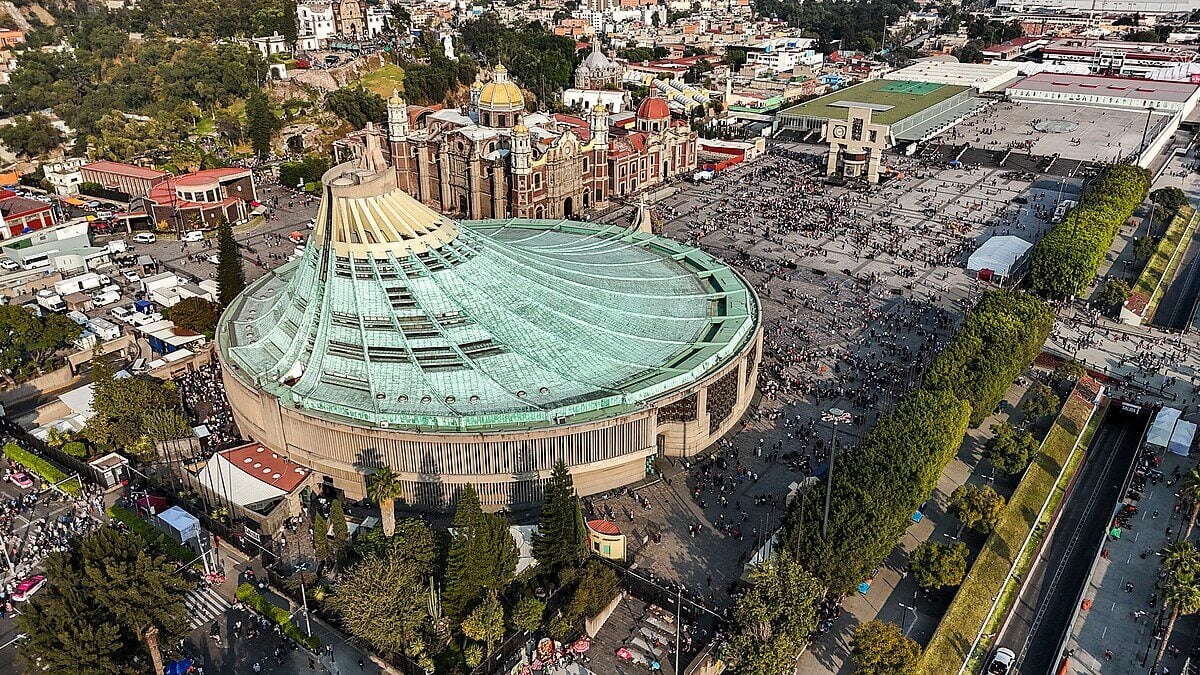
The Mexico City government is expecting at least 13 million pilgrims to visit the Basilica of Our Lady of Guadalupe for the December 12 celebrations honoring Mexico’s patron saint. To ensure the safety and care of visitors, authorities have launched the “Basilica Operation,” mobilizing more than 105,000 public servants.
Mayor Clara Brugada stated that the operation began on December 5 and will continue until December 14, covering the peak of visits to the basilica, located in the Gustavo A. Madero borough in the north of the city.
Key measures include reinforcement of the Metro public transport system, particularly at stations near the sanctuary, the installation of three helipads for medical emergencies, and the involvement of Civil Protection brigades, health ministry personnel, and public safety officers.
Secretary of Public Security Pablo Vázquez explained that the deployment also includes 255 patrol units and numerous specialized teams to manage crowds, traffic, and emergency situations, aiming to guarantee a secure experience for all pilgrims.
Central America
Mexico and Guatemala launch joint security operation after Agua Zarca border attack
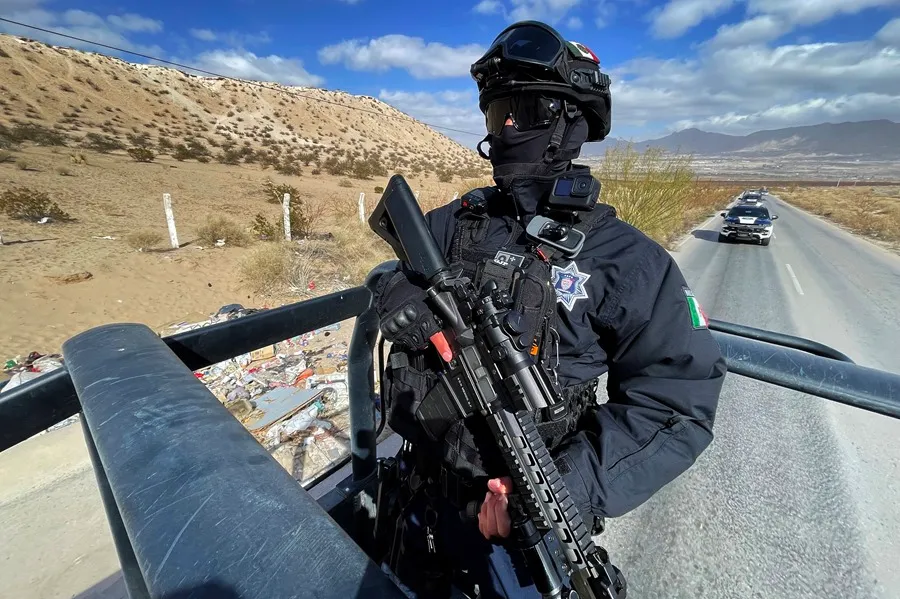
The Government of Mexico announced on Tuesday that it has strengthened coordination with Guatemala following an armed confrontation in the community of Agua Zarca, in Guatemala’s Huehuetenango department, where a soldier was wounded in an attack attributed to organized-crime groups operating on both sides of the border.
The Secretary of Security and Citizen Protection, Omar García Harfuch, confirmed that Mexico is exchanging information with Guatemalan authorities and that Mexican Army units have been deployed along the border to reinforce surveillance and assist in reconnaissance operations.
The attack, Guatemala’s Defense Ministry stated, reflects the “criminal dynamics” dominating that border region, where different groups compete for drug and arms trafficking routes.
According to Guatemala’s Defense Ministry, the clash left a soldier wounded in the leg after suspected criminals crossed from Mexico and opened fire. The wounded soldier is reportedly in stable condition. Authorities also seized high-caliber weapons, explosives, tactical gear and drones, which were handed over for forensic analysis.
Mexican Defense Secretary General Ricardo Trevilla Trejo announced that a coordinated plan of operations will be launched involving both Mexican and Guatemalan forces along the border to counter these criminal networks.
Harfuch emphasized that the violence is not isolated but symptomatic of the ongoing struggle between criminal organizations for territorial control, and reiterated Mexico’s commitment to bilateral security cooperation and its intention to strengthen institutional presence in vulnerable border zones.
International
Zelensky meets Pope Leo XIV as review of U.S. peace plan continues
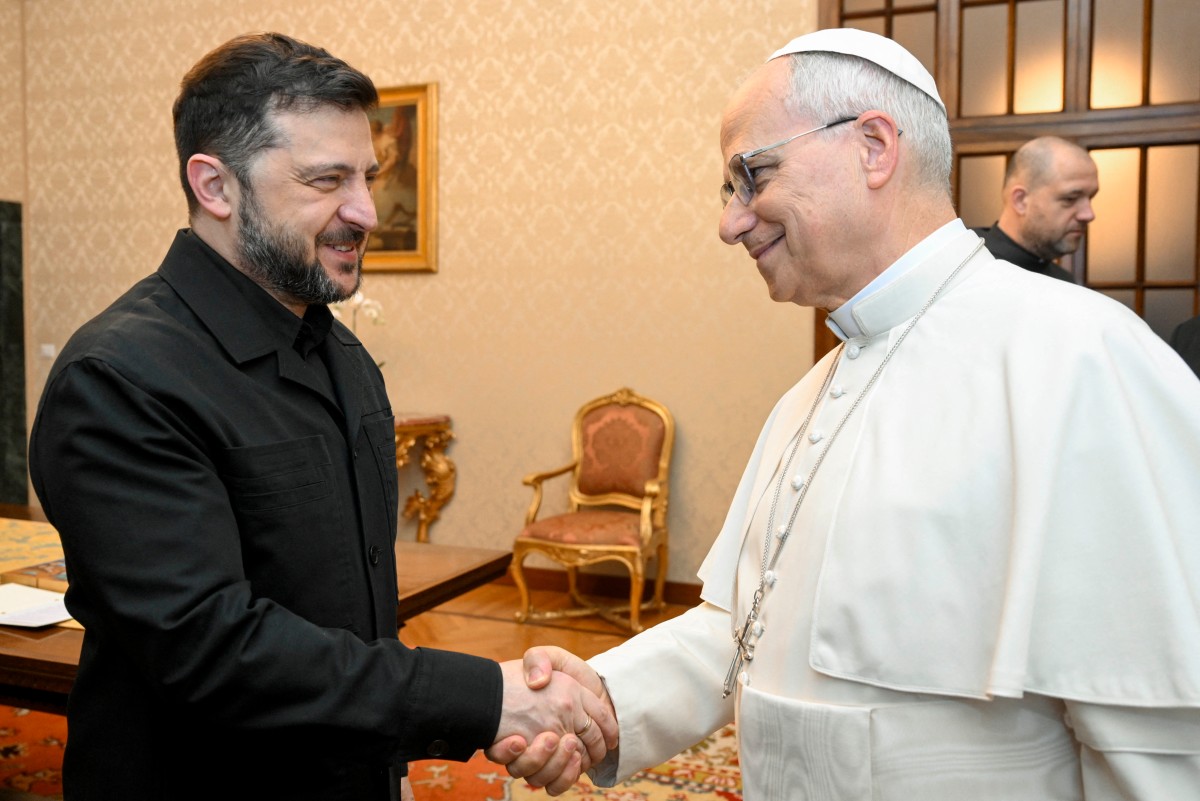
Ukrainian President Volodymyr Zelensky met on Tuesday with Pope Leo XIV in Italy, after pledging to deliver a response to the United States regarding the proposed peace plan aimed at ending the war with Russia.
The meeting with the pontiff took place at the papal residence in Castel Gandolfo, near Rome, where Leo XIV “reiterated the need to continue dialogue and renewed his urgent hope that the ongoing diplomatic initiatives may lead to a just and lasting peace,” the Vatican said in a statement.
His visit to Italy follows Monday’s meetings with European leaders in London and Brussels, amid pressure from U.S. President Donald Trump to agree to a peace plan that Zelensky said he is still reviewing.
According to Zelensky, the plan presented by Washington—originally consisting of 28 points—was reduced to 20 after discussions between Ukrainian and U.S. representatives over the weekend. “We are going to work on those 20 points. We are not completely satisfied with the proposals from our partners,” Zelensky said during an online press conference on Monday.
-
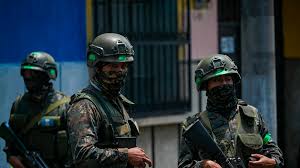
 Central America2 days ago
Central America2 days agoGuatemalan soldier wounded in clash with suspected mexican armed group near border
-
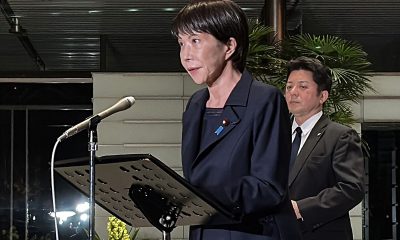
 International2 days ago
International2 days agoJapan lifts tsunami alert after strong 7.6-magnitude earthquake hits northern coast
-

 International4 days ago
International4 days agoFive laboratories investigated in Spain over possible African Swine Fever leak
-

 Central America4 days ago
Central America4 days agoHonduras vote vount drags on as Asfura and Nasralla remain in technical tie
-
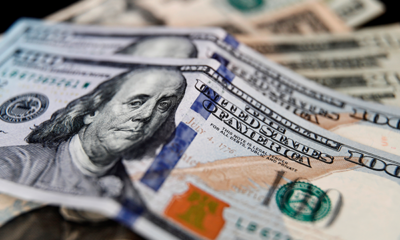
 Central America2 days ago
Central America2 days agoGuatemala reverses asset seizures after judge replacement, benefiting ex-president and former ministers
-
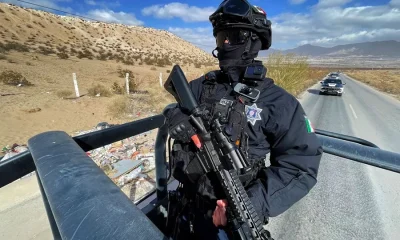
 Central America22 hours ago
Central America22 hours agoMexico and Guatemala launch joint security operation after Agua Zarca border attack
-

 International2 days ago
International2 days agoInterior Dept. redefines 2026 Patriotic Days, sparking criticism over removed civil rights holidays
-

 Central America23 hours ago
Central America23 hours agoHonduran University: Nullifying elections without proof of fraud undermines popular sovereignty
-

 Central America23 hours ago
Central America23 hours agoCNA director says Libre’s defeat stems from “lack of substance,” not messaging
-
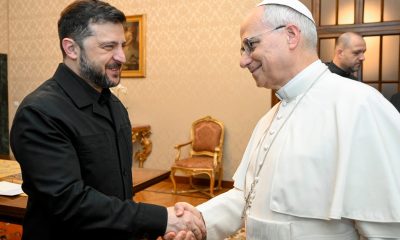
 International23 hours ago
International23 hours agoZelensky meets Pope Leo XIV as review of U.S. peace plan continues
-

 Central America2 hours ago
Central America2 hours agoU.S. accuses Ortega regime of systematic human rights abuses in Nicaragua
-

 Central America2 hours ago
Central America2 hours agoU.S. finds no evidence of fraud in Honduras election despite delays
-

 Central America2 hours ago
Central America2 hours agoHonduras’ electoral chief reports ongoing technical issues but says results remain intact
-

 International1 hour ago
International1 hour agoMexico City prepares for 13 million pilgrims at Basilica of Guadalupe


























